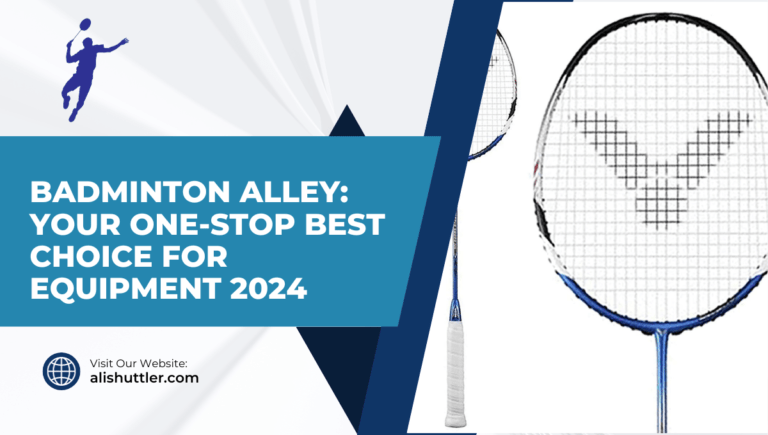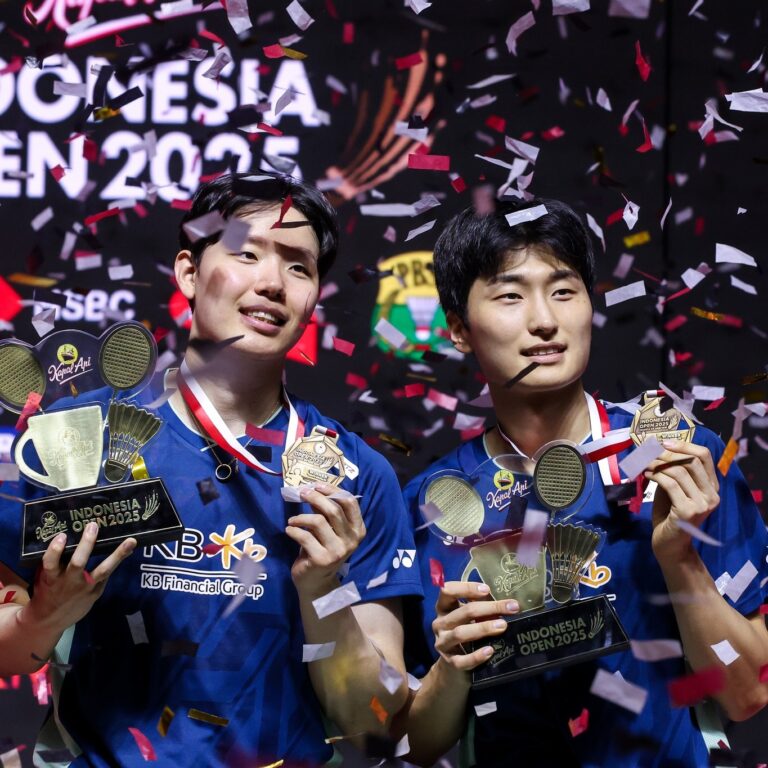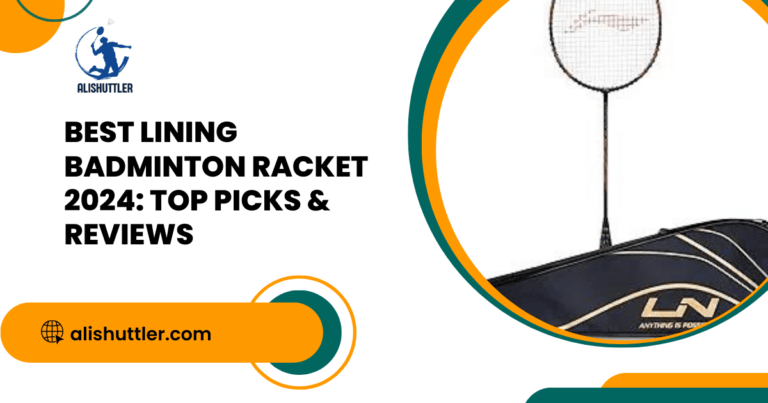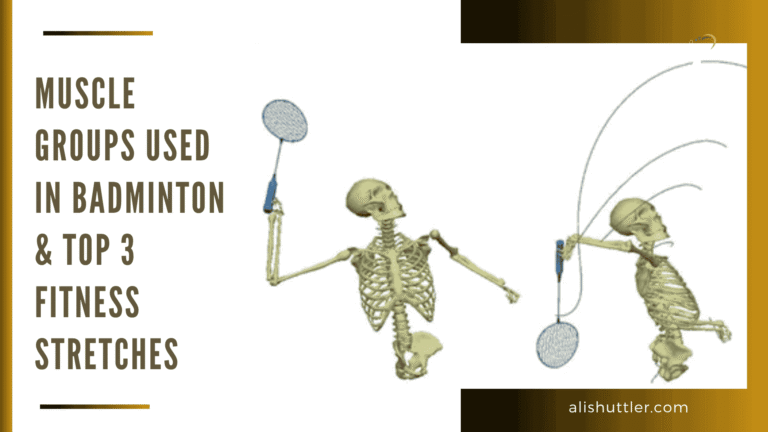To join a Badminton Academy Malaysia, start by checking academy options in your area online or through local sports clubs. Most academies only require a simple online form, a basic health check, and occasionally a short skill test.
Fees, schedules and training are different in each place. A few provide beginner clinics or trial classes. In the following, get advice on choosing the right academy, what to anticipate, and how to register.
Your Joining Process
It takes foresight and persistence to get into a badminton training centre in Malaysia. Every stage counts, from introspection to last-minute enrollment in badminton classes, as courses typically have competitive caps and queues. Understanding what to anticipate keeps you on track and allows you to locate your right badminton coach.
1. Self-Assessment
Start with an honest look at your current skill level. Are you a beginner, or do you have years of playing behind you? Knowing your strengths and weaknesses helps you spot which programs fit best.
Ask yourself if you want to play for fun, fitness or competition. Goals provide you with motivation to persist with practice, even when it becomes difficult. Consider your fitness as well, as certain academies conduct intensive sessions that require endurance and consistent participation.
Every major academy in Malaysia seeks out people willing to dedicate themselves to training up to five times a week. Need a flexible plan – mark this early.
2. Academy Research
Badminton academies in Malaysia vary in size, coaching style, and emphasis, offering different types of badminton training. Some focus on youth, while others cater to adults or top players exclusively. Reputation counts—read website reviews, check testimonials, or if you can, ask students about their experiences with the badminton coaches.
Check out the amenities. Is there sufficient court space? Are rackets supplied or do you bring your own? Top academies publish details about their coaches’ backgrounds, allowing you to measure their experience. Additionally, check the training details and session times, along with associated fees for coaching courses.
Certain academies impose age or location restrictions, so see if you’re eligible prior to applying. Frequently, they’re hard to get a spot in. A lot of our programs are at capacity, particularly around these school breaks or during peak badminton seasons.
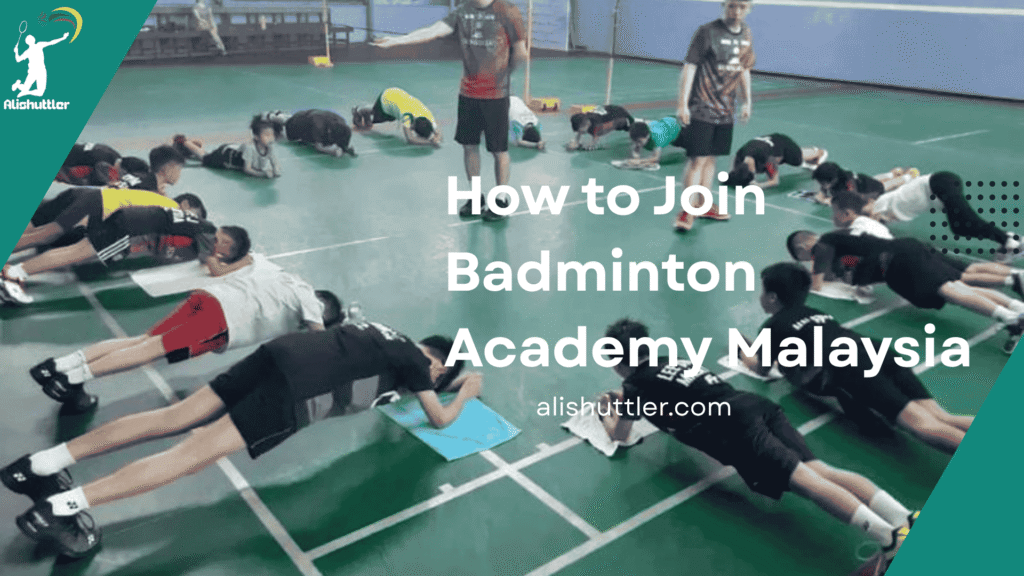
Anticipate waiting lists–sometimes a few weeks, sometimes a year or more. Others academies have online applications with a simple “APPLY” button and will email an application number to successful applicants.
3. Initial Contact
When you’re ready, make a list of questions: How soon can you begin? What get you need? Do you have trial classes or age minimums? Email or phone the academy.
Because of coaches’ busy schedules, responses can be slow. Inquire about the joining procedure and whether you’ll have to provide medical records or skill verification. Demonstrate enthusiasm but keep your questions concise.
4. Trial Session
Most academies want to watch you play before they allow you to join. Get there early and pack your own equipment. Utilize this time to demonstrate your abilities and willingness to learn.
Coaches observe your play, hear and see your interactions with others. If you receive any feedback, write it down—it might assist you in securing a place or climbing a waiting list. Trial sessions assist you in determining whether the academy’s style suits you.
5. Registration
If you clear the trial, complete all paperwork with accurate information and pay any fees or deposits necessary. Some academies require medical history or emergency contacts, so have these handy.
Once you’ve submitted your materials, look for a confirmation and application number in your inbox. If you get waitlisted, inquire about the typical wait duration.
Academy Distinctions
Not all badminton academies in Malaysia offer the same quality badminton training. Each has unique methods for educating, coaching, and nurturing players, so understanding these distinctions will help you select the right badminton coach for your objectives.
Coaching Philosophy
Each academy has its own style of coaching and developing players. Some emphasize strong fundamentals, while others employ game-inspired drills to train you to think quickly on court. Most elite academies, such as the Shuttle Flash Badminton Academy, are managed by veteran coaches – former champions who understand what works on the big stage. Their history is important; some have trained athletes who went on to excel in badminton tournaments, which speaks volumes about their approach.
It’s critical to determine whether their style aligns with your preferred method of learning. If you desire more individual attention through private badminton training or group-based exercises, find a studio that provides what suits you best. The right environment keeps you positive and receptive to feedback, which can accelerate your development. A number of these academies are exclusive about admission, requiring veterans to demonstrate previous victories or coaching background, making them a top choice for serious badminton enthusiasts.
This establishes a motivated collective, but it’s worth remembering if you’re new to the sport. If you’re looking for quality badminton training, ensure the academy you choose has a dedicated badminton coach who can guide you through your learning experience effectively.
Training Curriculum
Training plans in Malaysia’s academies typically consist of skill drills, game play and fitness. You’ll notice classes divided by age or skill, with kids mastering fundamentals and adults receiving expert strategy or instructor guidance. Flexibility is the norm at top academies—coaches tailor drills to your skill, so rookies and pros can co-exist.
Physical conditioning doesn’t get excluded, either. Prepare for strength, agility and injury prevention sessions. Competitive play is integrated, allowing you to pit your skills in scrimmages or even official tournaments. Some academies have produced national tournament winners, so the path to bigger events is there.
Waiting lists often run for months or years at top-tier academies, primarily for adult courses.
Athlete Support
- Regular fitness assessments and health check-ups
- Easy access to physiotherapy or injury care
- Guided nutrition and diet planning
- Career advice for those aiming to play professionally
- Peer mentoring from advanced players
A few academies provide psychological coaching as well, with lectures or seminars on managing stress and concentration. Mentorship is usually provided, with rookies getting matched with experienced players or trainers for additional guidance.
The community vibe is intense nearly everywhere, simplifying the process of developing relationships and sustaining your enthusiasm.
Special Programs
Most academies run short camps during school breaks. Some offer scholarships for top junior players. Development programs for juniors to move up and adults can take coaching courses.
Top players could potentially be invited to national training or special workshops.
Financial Commitment
Enrolling in a Malaysian badminton academy is a significant decision and requires thoughtful financial considerations. The expenses extend beyond the lesson fees. You need to consider the total cost before you decide, particularly if you want to train for a long time or compete at higher levels.
The costs to keep in mind include:
- Annual registration fee (RM 120)
- Lesson credits (RM 159 for 4 credits, RM 899 for 24 credits)
- Group lesson fees (RM 59–RM 119 per session)
- Private lesson fees (RM 239 per session)
- Court booking fees, paid up to 14 days ahead
- Extra fee if schedule changes within 72 hours
- Essential equipment (rackets, shuttlecocks, dedicated badminton shoes)
- Tournament entry and travel fees
- Fitness assessments or extra training sessions
Fee Structures
Here’s a table showing a basic comparison:
| Academy | Annual Fee (RM) | Group Lesson (RM/session) | Private Lesson (RM/session) | Lesson Credits (RM) | Court Booking Policy |
|---|---|---|---|---|---|
| Academy A | 120 | 59 | 239 | 159 (4 credits) | 14 days in advance |
| Academy B | 120 | 119 | 239 | 899 (24 credits) | 14 days in advance |
| Academy C | 120 | 89 | 239 | 459 (12 credits) | 14 days in advance |
Compare what’s included, such as coaching and court access. Inquire for discounts for purchasing additional credits or for an annual membership. Some academies provide deals. Just be sure to confirm how much each fee includes to save yourself a shock.
Hidden Costs
Most expenses aren’t immediately apparent. Tournament fees, for instance, are rarely covered in lessons, and some coaches even charge an additional fee for these. Travel costs can accumulate if events are distant.
Rackets, shuttlecocks, etc., are needed, and purchasing real shoes designed for badminton is mandatory if you want to avoid injury and move well on court. Fitness tests or additional sessions can be provided, but are usually more expensive.
They could hit you with a change fee if you modify your reservation inside of 72 hours. As for fees, just always request a full list of fees up front before you sign up.
Scholarship Paths
There are even scholarships at some academies for talented players. These typically pay some or all of your tuition or lesson fees, but you will generally have to demonstrate achievement or promise.
The application requests previous tournament results or coach recommendations. Coaches might suggest ways to boost your scholarship profile, such as participating in additional competitions or making your skills in certain areas more impressive.
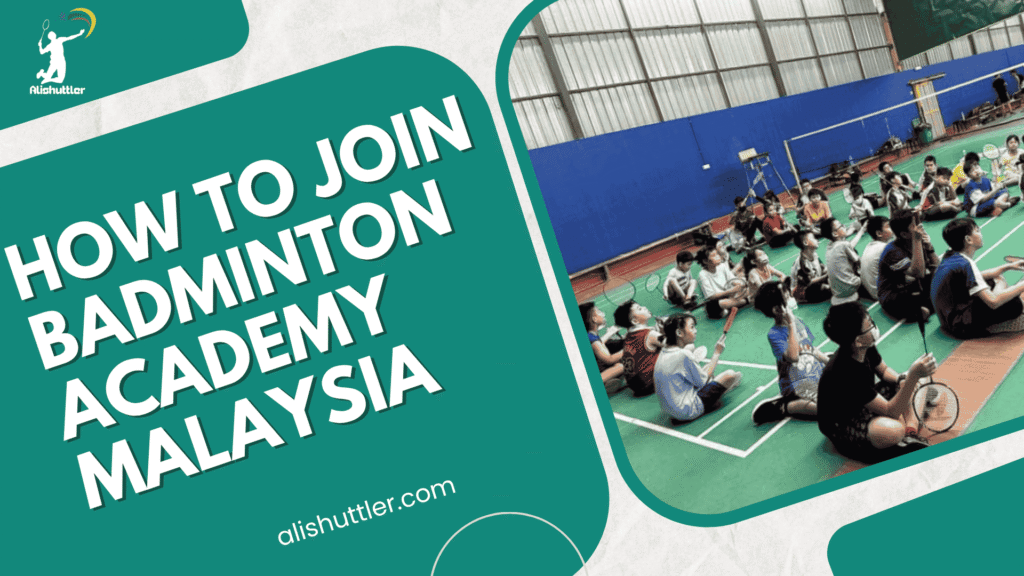
There are external grants in Malaysia for badminton players, which back training or travel for emerging players.
Ideal Starting Age
Your starting age can significantly influence your trajectory in badminton training. Early exposure often lays a solid foundation for skill development, but late bloomers can also find genuine opportunities. The ideal age to join a badminton academy in Malaysia – or anywhere else varies based on individual aspirations, physical development, and the nature of the Badminton Academy Malaysia training provided. Here’s the age-by-age rundown of what to expect.
Early Years (Ages 5-8)
Little kids can begin with basic drills that instruct them how to hold the racket, footwork and hitting the shuttle. Practice at this age is not about pressure, it’s about helping kids figure out how their bodies move. Most elite Asian players had taken up a racket prior to age 8 and their precociousness provided them an advantage in fundamentals.
Coaches frequently rely on games and enjoyable challenges to get kids to develop essential skills like balance, quick steps, and hand-eye coordination. These drills keep things fun so young players love practice instead of dreading it. They teach children to dance with comfort, implement easy steps and cooperate.
Golden Window (Ages 9-12)
This period is often regarded as the prime growth sweet spot in badminton. Kids can take on a bit more directed training at this age and begin to hone their hitting and footwork. Badminton Academy Malaysia Training becomes more formalized, with players being introduced to things such as drop shots, net play, and fundamental strategy.
Young players at this age can participate in local events to gain experience. This is typically when they figure out if they want to pursue the sport further. Coaches push consistent effort and teach players to appreciate the rewards of dedication. In Badminton Academy Malaysia crazed countries, every academy team has its best players in the under-12 and under-14 groups.
Even the ones who begin at 12 with a single year of Badminton Academy Malaysia training are young, demonstrating that the window is still open. The grind of local tournaments develops confidence and teaches players how to manage match pressure.
Late Start (Ages 13+)
Older beginners encounter another nature of challenge. A 13 or 14-year-old may come out feeling as if he’s behind, but he comes with strengths of his own like maturity and more focus. We hear of a few players who got started at 14 and worked their butts off to get to the top level, but that usually involves supplemental lessons, more hours per week, etc.
Rapidly building technical skills is the key for late starters. Coaches can customize sessions to help these players catch up with exercises that develop endurance and sharpen strategies. In North and South America, for instance, we have some of the best players who started as teens, demonstrating that age is no barrier to advancement. With the right mindset, you can still catch up to the early birds.
Most think if you haven’t reached an elite event by 19, then other opportunities such as coaching exist. Even so, for the motivated, diligence can go a long way.
Balancing Age and Progress
Starting Badminton Academy Malaysia training before age 14 can significantly enhance skills for advanced levels, allowing early starters ample time to develop and compete effectively in badminton tournaments, while late starters can still succeed with dedication.
Starting at 13
It’s not too late to join a Badminton Academy Malaysia when you’re 13. Lots of academies here and abroad do this age group; the U13 is a norm in junior competitions. Sure, some of your peers got a head start, but with the right methodology, a 13 year old can catch up, pick up new skills, and compete at an elite level.
Mastering the equilibrium of school, life, and training is essential. It’s a trip with hardships and benefits to be aware of.
The Challenges
Beginning at an older age, you may feel that you’re behind in fitness or skill-wise compared to those who started young. Badminton Academy Malaysia is physically demanding, requiring speed, stamina, and hand-eye coordination. At 13, it could be too late for fresh players to develop fast enough to keep up with others who are participating in professional Badminton Academy Malaysia training and competing regularly, especially if they are coming out of U13 junior programs with impressive winning percentages.
Patience is required to master badminton fundamentals. Most late starters may benefit from private Badminton Academy Malaysia training to acquire footwork, racket skills, and game sense more effectively. Advances might be slow, and frustration can be frequent. However, with consistent practice and a way to measure development, such as through badminton lessons, advancement can be achieved.
Concentrating on mini-goals—such as landing a serve or winning a rally—helps maintain your motivation. Building fitness is as important as honing badminton skills. Strength, balance, and flexibility support all training. Many academies provide quality Badminton Academy Malaysia training sessions in addition to technical practice, making it easier to establish a good foundation.
Lacking this, injuries and burnout are imminent. Discovering a community of players and coaches certainly doesn’t hurt. Other players might have started at different ages and can exchange advice, support, and experiences. Being part of a group training gives your sessions structure, accountability, and social support, which can make training more enjoyable.
The Advantages
Starting at 13 means you have more maturity and life experience you bring to the court. At this age, players typically have established goals and know what is necessary to get there. Older beginners tend to focus better in classes and handle their time more intelligently.
Years of school and life accumulate thinking skills that assist with tactics and strategy. Players can identify trends, predict rivals, and shift gears during a match. This edge can assist you in bridging the skill gap more quickly.
Deep practice rewards. Since most Badminton Academy Malaysia concoct drills and schedules for older starters, your progress is measured in weeks, not just months. Players may hop into adult or teen courses, simplifying the process of meeting others in the same situation and receiving instruction from peers and coaches.
Setting Goals and Building Resilience
Set achievable objectives such as enhancing your footwork or perfecting a serve, and record your advancement with a basic logbook or app. This keeps you focused and demonstrates progress over time. Having to learn from loss or error is par for the course in sport, so resilience increases with every stumble.
If you keep at it, remain optimistic, and leverage every asset the academy provides, starting at 13 can pave the way for both competitive play and a lifetime of fitness.
The Mental Game
Mental strength defines each step in a Badminton Academy Malaysia player’s journey from acquiring skills to elite competition. If you’re considering signing up at a professional badminton training centre in Malaysia, the mental game is just as important as your drills. Training the mind cultivates the focus, resilience, and growth that are just as crucial as how fast you run or how hard you hit in your badminton lessons.
Resilience
Setbacks abound in Badminton Academy Malaysia. Injuries, losses, or hard matches occur, but learning to rebound is more important. Mindfulness can assist here. Basic stuff like deep breaths before a serve or between rallies can reduce stress and center you during close matches.
Gambler support is key as well. Motivation from coaches and teammates assists you to persist when it becomes difficult. Competing against tougher players in practice builds mental resilience, as every tough contest becomes an opportunity to develop skill and mental toughness.
Discipline
Hard work is at the heart of consistent advancement. Adhering to a training schedule, making every session, even on crazy days, goes a long way. Discipline doesn’t just mean doing drills; it means adhering to self-imposed objectives, such as achieving better footwork or mastering the backhand.
For most players, managing sports and academics requires scheduling and discipline. Clear priorities such as ‘homework before practice’ can help keep both on track. Maintaining concentration during sessions allows athletes to maximize every drill, transforming practice minutes into genuine improvement.
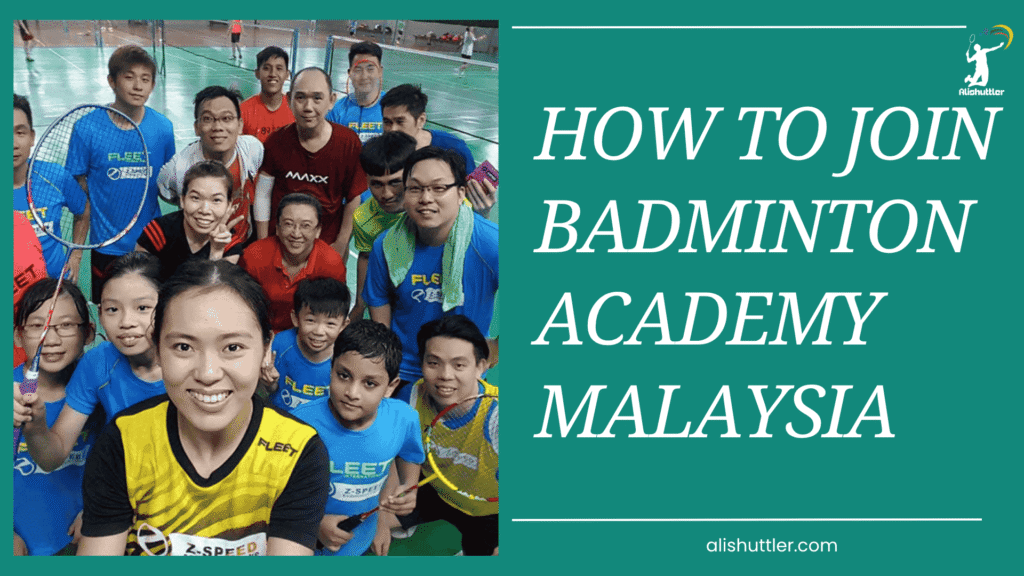
Mindset
It is in this context that growth occurs when players view each challenge as an opportunity to learn. Maintaining a positive attitude, even after missed shots or lost games, keeps you motivated. Visualization is one tool that aids.
Prior to a match, shutting your eyes and visualizing yourself playing well or winning a point can enhance both concentration and confidence. Having little clear goals, such as simply striving to return every serve in a match, maintains effort momentum and incentivizes action rather than results.
This shift in perspective, from fretting over losses to embracing them as lessons, keeps players grounded and having fun.
Focus and Motivation
Reminding yourself why you play badminton–for fun, fitness, or the thrill of competition helps motivation return during the rough patches. Staying focused in a match is a skill. Deep breaths when distracted, or a moment to reset after a long rally, help players keep their eye in.
Mental training in Badminton Academy Malaysia, like goal setting or mindfulness, should be in every player’s toolbox, just like warming up or stretching.
Final Thoughts on Badminton Academy Malaysia
Each academy has its own method, and the fees remain transparent and reasonable. Kids start young, but 13 still does. Coaches seek aggression and a cunning mind. Real growth comes through consistent effort, not raw talent. Most make friends and learn skills that extend well beyond the court.
If you’re ready to get going, explore local possibilities, inquire about trial lessons, and communicate with coaches. To maximize the experience, be open and be hungry to learn. Ready to play better or just take something new for a spin? Make that initial move and contact an academy in your vicinity.
Frequently Asked Questions
How do I apply to join a badminton academy in Malaysia?
Almost all badminton training centres provide online application forms. Access their website, complete the application form for professional badminton training, and provide necessary documentation.
What are the key differences between badminton academies in Malaysia?
Academies vary in training methods, coaching staff, and facilities, including professional badminton training and group training details, as well as competition exposure. Some emphasize elite training, while others embrace newbies. ALWAYS look through each academy’s program details, especially for badminton lessons and coaching courses.
How much does it cost to join a badminton academy in Malaysia?
Fees for badminton training, based on the academy and training frequency, typically range from MYR 200 to MYR 1,000 monthly, with additional costs for equipment and tournament participation.
What is the best age to start training at a badminton academy?
Most pros agree that starting professional badminton training around 7-12 years old is ideal, as early experience in badminton lessons develops essential skills.
Can I join if I am 13 years old or older?
Indeed, a lot of Badminton Academy Malaysia training academies take new students at 13 or even older. Late-starters can still punch above their weight with dedicated badminton training and targeted coaching sessions.
What mental skills are important for badminton academy students?
Concentration, perseverance, and assurance are essential in professional badminton training, where academies provide mental training for players to handle pressure and improve performance.
Do I need to be an experienced player to join a badminton academy in Malaysia?
No, many badminton training academies offer beginner tracks, providing quality badminton training for everyone from novices to pros.



